The Bosnian Brewery That Saved a City Under Siege
The springs of Sarajevska Pivara became a sole water source for many Sarajevans.
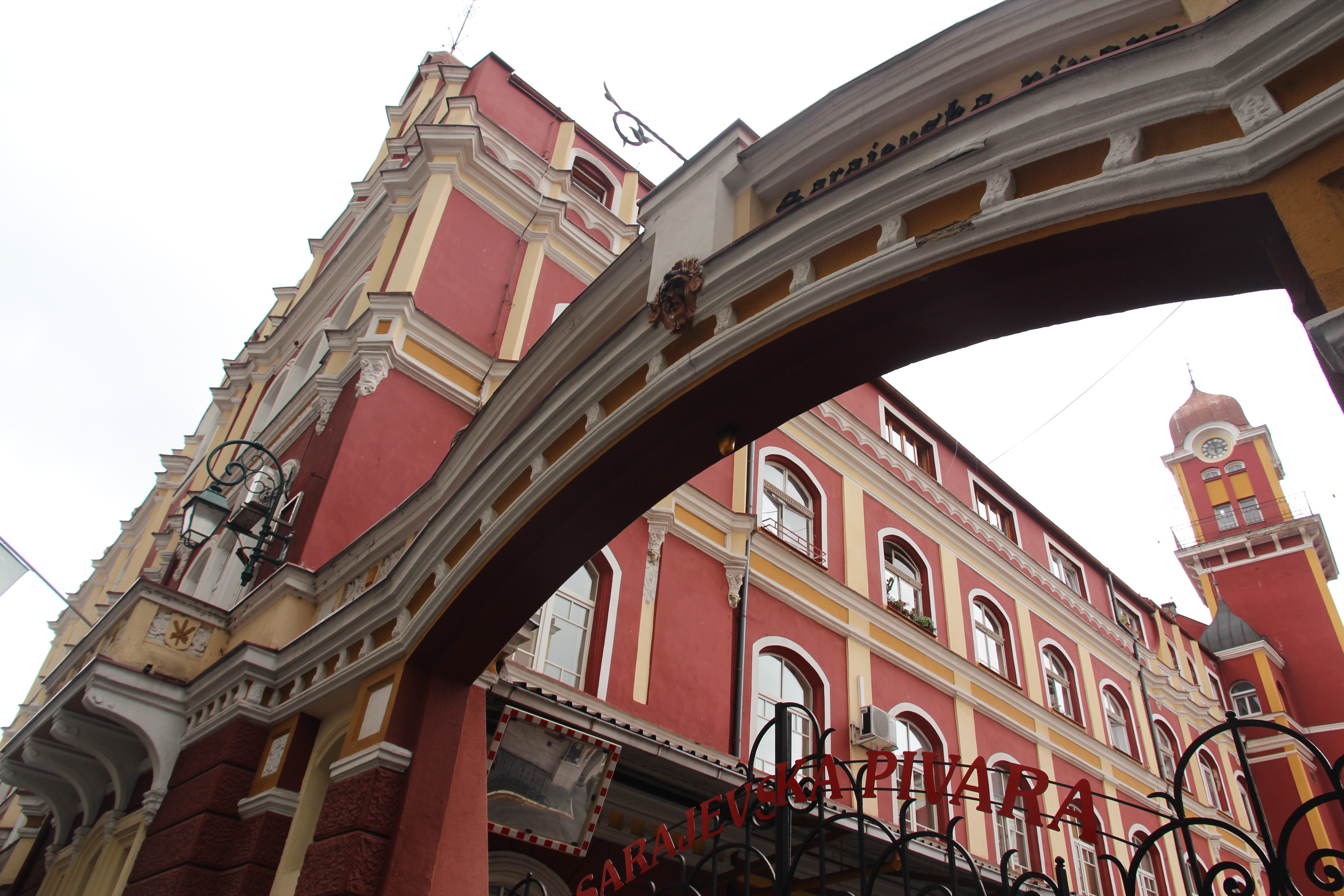
It’s no secret that water sustains life, and that a lack of it can just as easily rip life away. That’s especially true of the natural springs that run beneath Sarajevo’s Sarajevska Pivara, which have been crucial to the brewery’s crisp, malt-forward beers since its founding in the 19th century: The vitality of the underground waterways goes well beyond brewing.
In 1994, as Sarajevo found itself under a siege that would outlast any other in modern warfare, Sarajevska Pivara—and its water—became a lifeline. Creeks dried up, rivers became polluted, and both water and power lines were sabotaged, but Sarajevska Pivara continued pumping water and distributing it to locals.
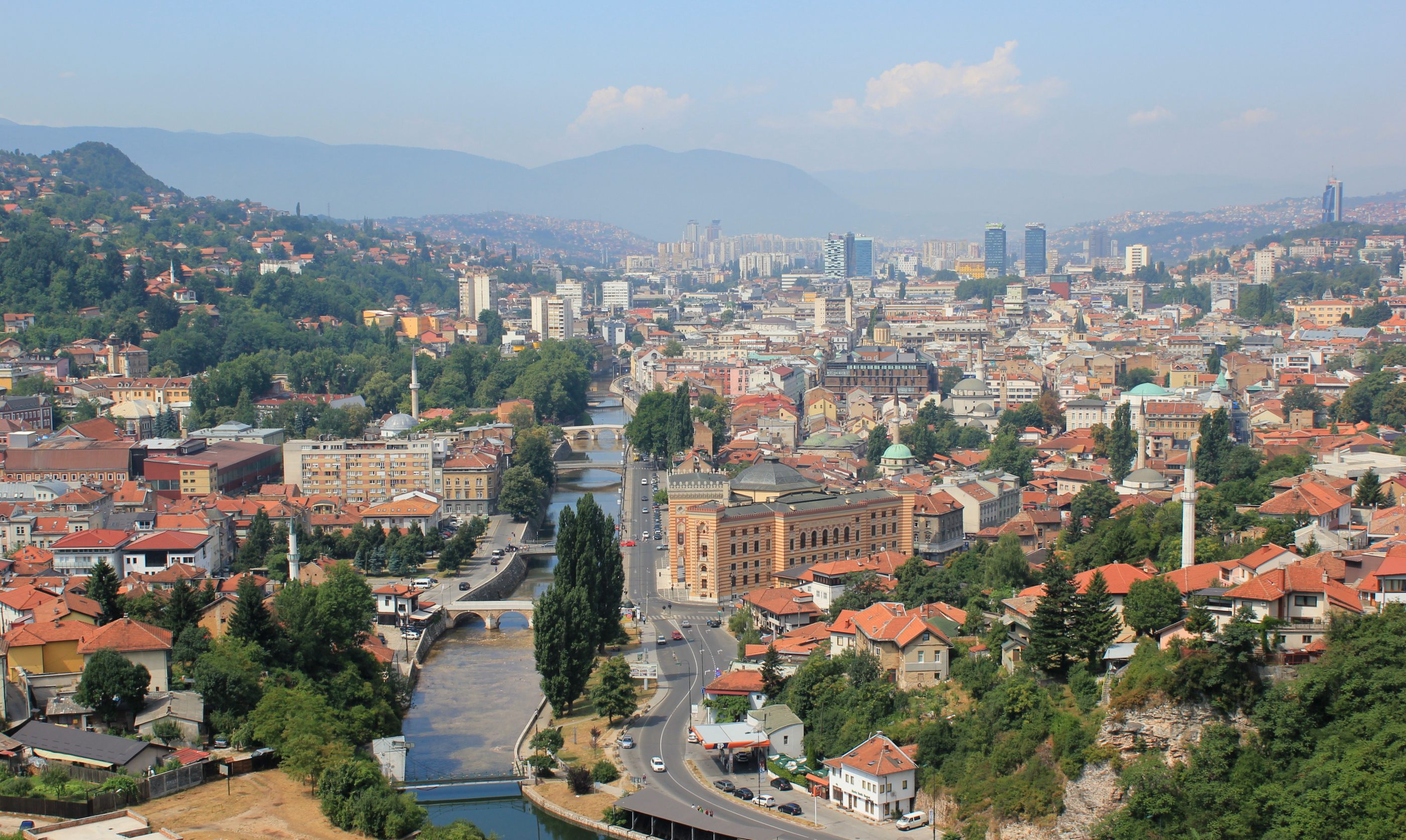

Sarajevo was then part of Yugoslavia, a multi-ethnic country consisting of six republics. Sarajevo was part of one of them, Bosnia, and for centuries, Croats (Catholic), Serbs (Orthodox), and Bosniaks (Muslim) had shared the city in relative harmony. But in the 1980s, following the death of the polarizing statesman Josip Tito, waves of nationalism crept into the Socialist Federal Republic of Yugoslavia. The state, struggling financially and no longer held together by Tito’s vision of unity, fractured. By the early 1990s, its members began seeking independence.
As Bosnia and Herzegovina eyed separation from the communist union, tensions simmered. In 1991, ethnic Serbs and Croats declared autonomous regions within Bosnia, with the former supported by the Yugoslav People’s Army. With war ongoing in neighboring Croatia, brutal fighting erupted in Bosnia and Herzegovina. When the Bosnian war broke out in 1992, the Yugoslav People’s Army and the Bosnian Serb Army laid siege to Sarajevo.
Sarajevo native Haris Hadziselimovic says that prior to the siege, his life was typical for a middle-class Bosnian. He grew up in the Grbavica neighborhood, just over two miles west of the brewery that, as of 1991, was considered one of the best in Yugoslavia. His parents worked while he and his brother went to school. Some people attended religious services; others didn’t. When the adults in Hadziselimovic’s life drank, the beer often came from Sarajevska Pivara, which lies less than a quarter mile from Sarajevo’s Miljacka River.
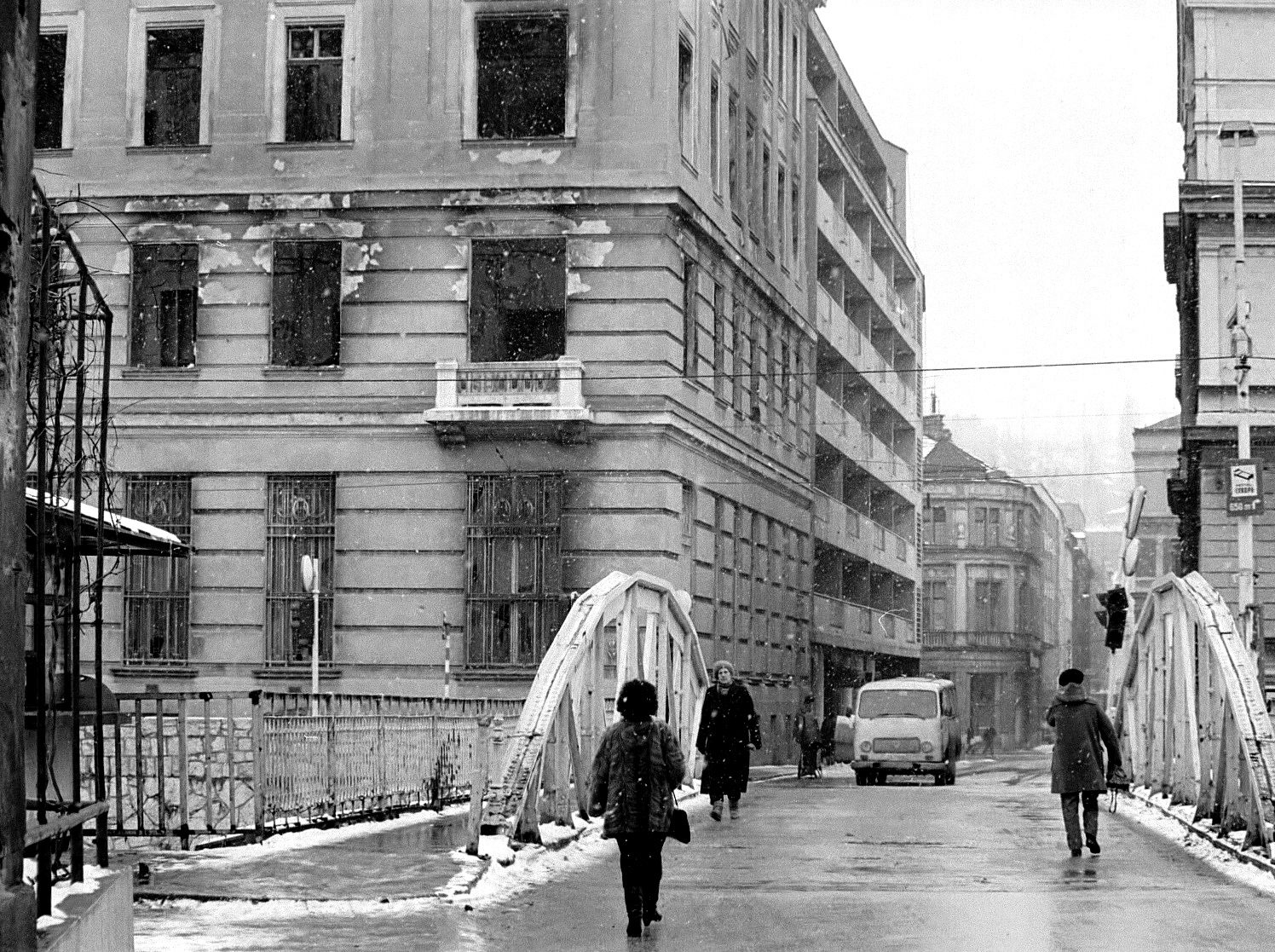
But from the moment the city came under siege, things changed. “On the 2nd of May, 1992, when tanks were on our street and dead people were laying around, that was a stop to everything you consider to be a normal life, and only a struggle for survival,” Hadziselimovic says. “[We had] no electricity, gas, food, water. You ate what you had and what you found.”
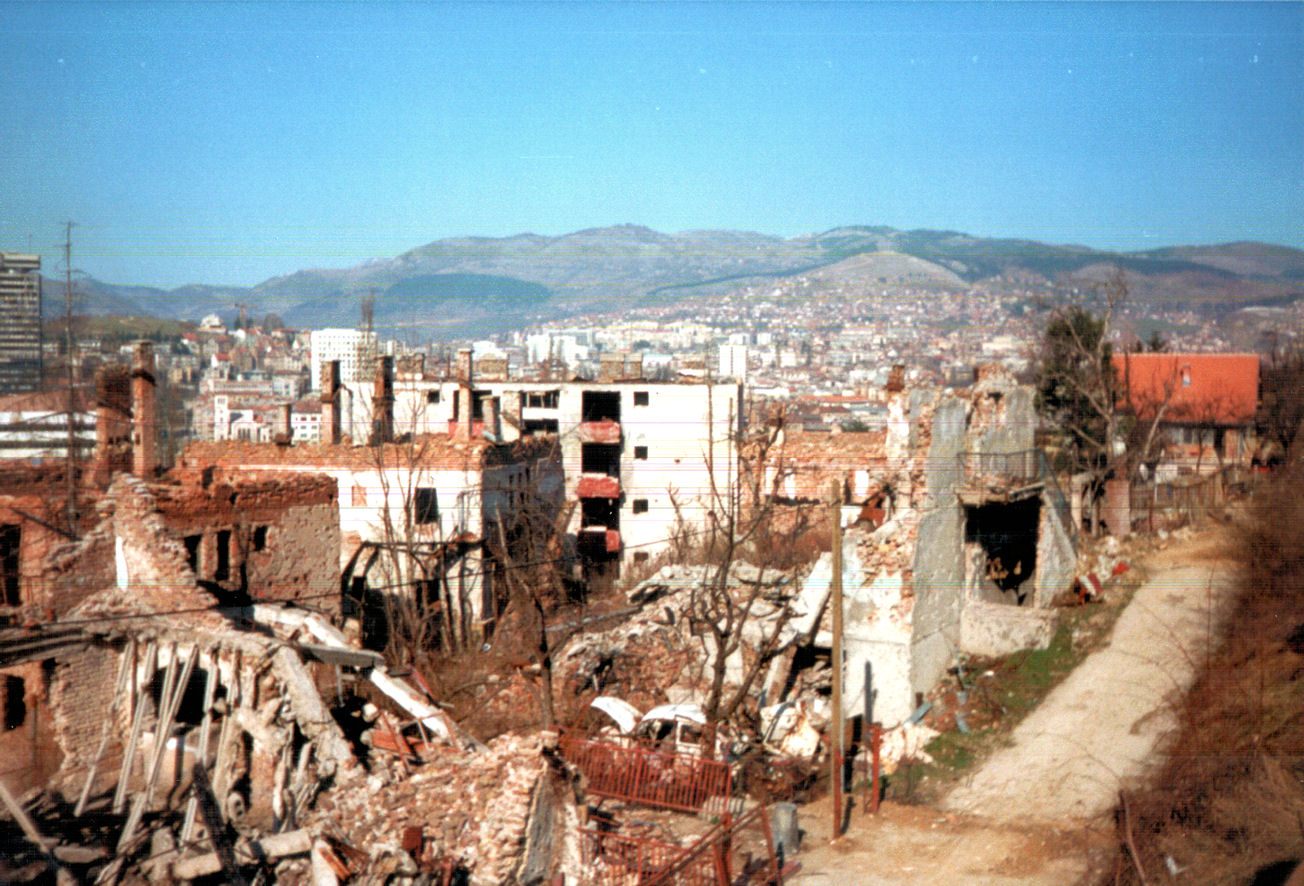
Back then, the Yugoslav People’s Army and the Bosnian Serb Army hit Sarajevo with an average of 300 shells each day, killing thousands of civilians and seeking to demoralize the city’s population. In Sarajevo, Exodus of a City, philosopher and author Dževad Karahasan wrote, “One crushing effect of this war on those who actually fare the best—who are not killed or wounded, that is—is this loss of confidence in reality, or at least in their own ability to experience reality.”
Nowhere was safe, and even collecting water could be a deadly task. In 1994, a disaster relief worker for the International Rescue Committee estimated that 90 percent of the deaths in the city happened along the exposed banks of the Miljacka River, where families sourced non-drinking water. Yet Sarajevska Pivara’s pump continued to draw water from its deep underground wells.
Hadziselimovic recalls trekking to Sarajevska Pivara each day with his parents to help them bring water home. “We were simply taking canisters of whatever type we had, and loading them on a bicycle or a sleigh in the winter,” he says. “We walked for about an hour to the brewery, then lined up with people for several hours.”
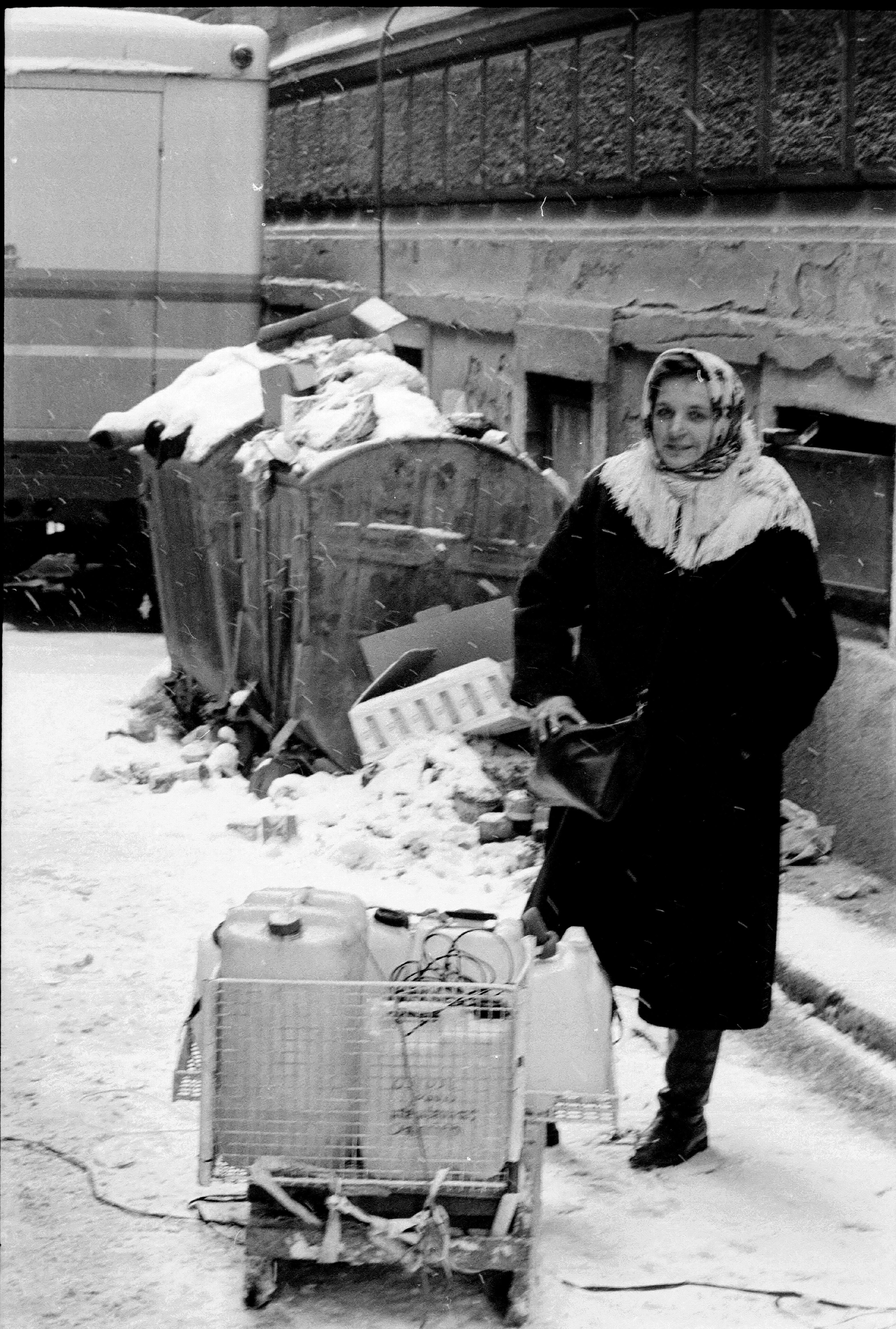
However, Sarajevska Pivara—as well as the families who lined the streets waiting to fill their containers full of water there—quickly became a target. At the brewery alone, hundreds of grenades took dozens of lives and caused more than $20 million worth of damage. Yet the Sarajevo Brewery stayed open and even brewed some beer amidst the war that took more than 100,000 lives.
Hadziselimovic, now 40, works as a freelance tour guide. Often he takes visitors to the Tunel Spasa, or the Tunnel of Hope museum that lies on the southern outskirts of the city and beneath the airport runway. When the 800 meter-long tunnel opened in 1993, Sarajevans finally had a way to safely move supplies and people in and out. Hadziselimovic begins the tunnel tour across the valley at a cafe in the hills that both enclose and overlook his city. Setting his coffee on the table and taking a drag of his cigarette, he traces the mountains with his fingertips. “[The Yugoslav People’s and Bosnian Serb Armies] held all of this,” he says. “The city was surrounded. Except for the airport. The UN had that.”
Just a month before the tunnel opened, Hadziselimovic fled Sarajevo. For days, he ran and crawled and ducked his way across the airport runway. From there, he headed over the mountains flanking the southern edge of the city. Months after leaving Sarajevo, Hadziselimovic reunited with his family in Sweden. When Hadziselimovic returned to his hometown in 1997, he wasn’t solely struck by the destruction but “also, the people with a great will to rebuild and make things better than they were,” he says. “What I think is special with this place is that after everything it went through, it still did not fall into the trap of nationalism, and has mostly kept its multi-cultural, multi-ethnic spirit.”
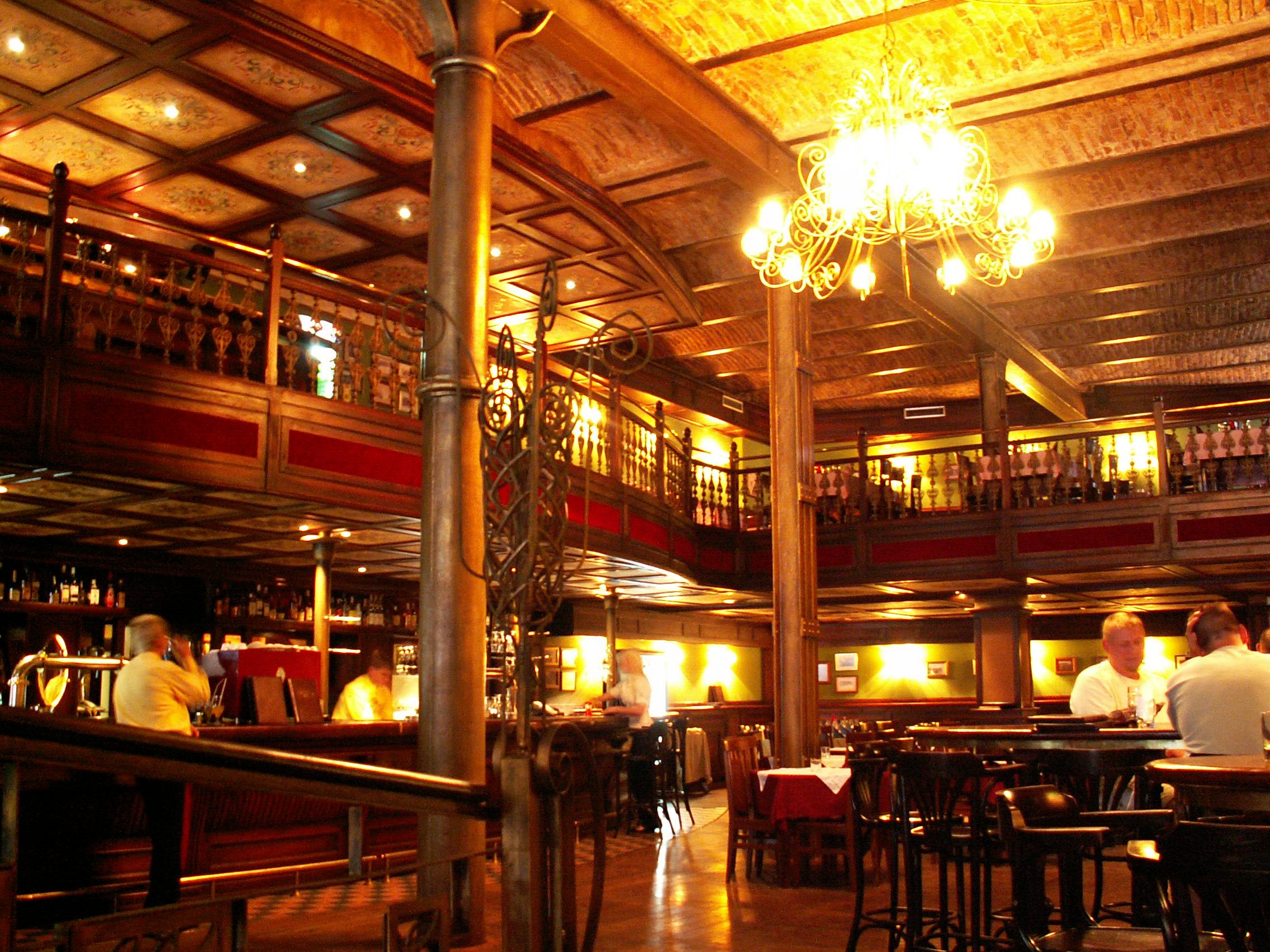
Nowhere is that more clear than at Sarajevska Pivara, whose operations have rebounded far beyond pre-war levels. The brewery now produces soft drinks in addition to beer, even launching a new product that encapsulates history within a bottle: “Lejla,” water sourced from the very well that sustained Sarajevo during the siege. In recent years, the complex was expanded to include a museum and an ornate pub that buzzes on weekends. Here, at a key source of Sarajevo’s survival, locals and tourists alike can raise a glass to the city’s resilience.
Gastro Obscura covers the world’s most wondrous food and drink.
Sign up for our regular newsletter.



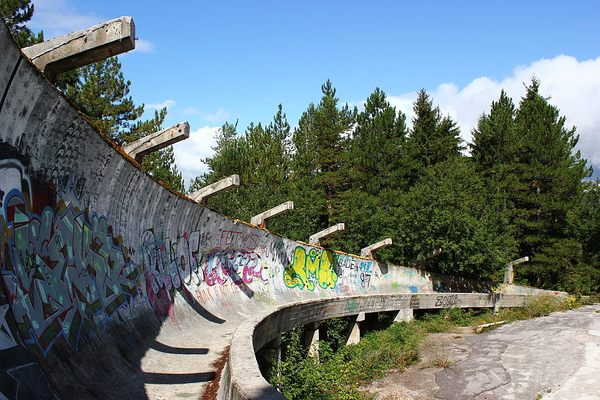




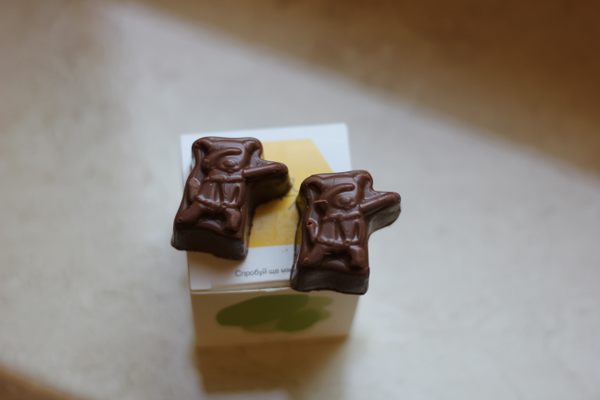












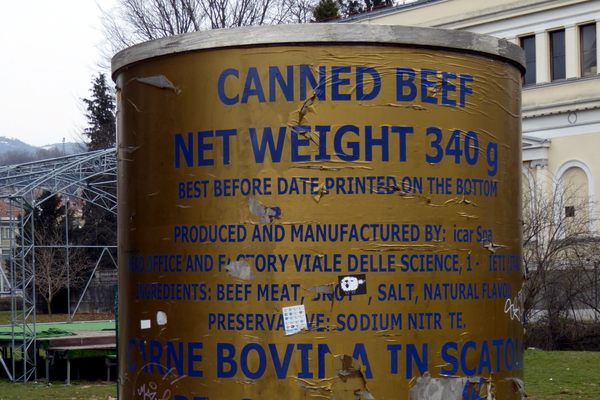
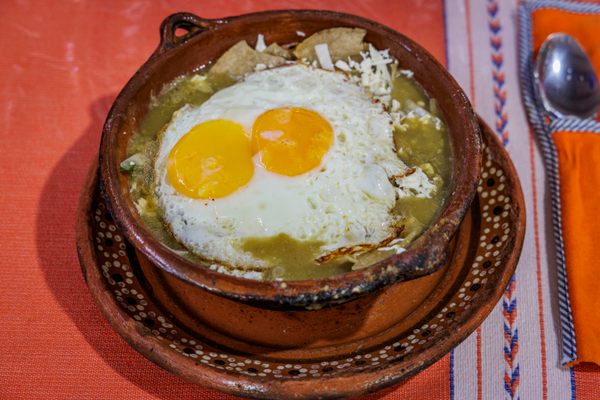




Follow us on Twitter to get the latest on the world's hidden wonders.
Like us on Facebook to get the latest on the world's hidden wonders.
Follow us on Twitter Like us on Facebook